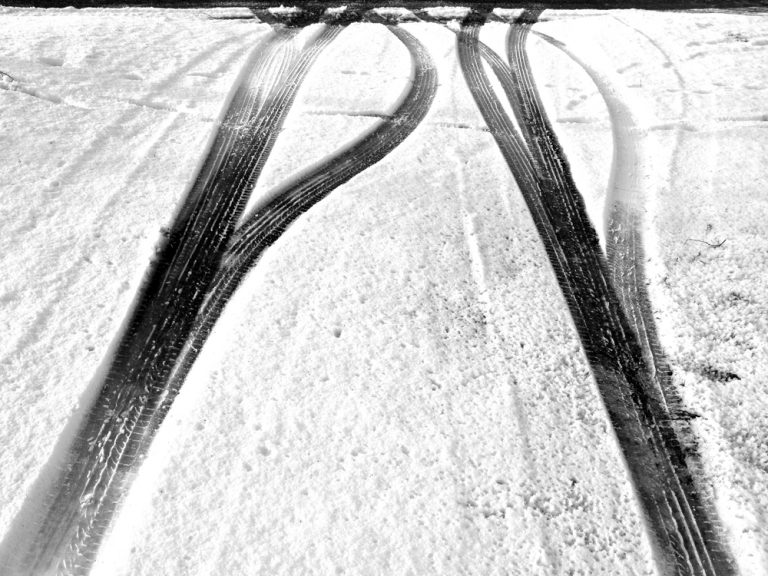Driving tips to get your out of tricky conditions
Wanting some driving tips on how to handle rain, sleet, snow and more?
During the colder months driving conditions can take a turn for the worse. Rain, ice and snow can all impact on the quality of a road surface. Knowing how to react, plan ahead and deal with whatever conditions you are presented with can help you to stay safe on the road and make it to your destination safely.


Driving Tips for Snowy & icy conditions
When it has been cold overnight the morning after can leave roads covered with snow and ice. Anything on the surface of the road creates a barrier between the surface of a tyre and the road surface meaning that there might be an impact on vehicle’s ability to grip the road. When driving it is important to be vigilant and where possible avoid driving over any surface that can hinder your vehicle’s grip. When driving over a surface that can influence your level of grip and control you should keep in mind:-
- Speed – in areas where the road surface is poor reducing your speed can increase your level of control and reduce your braking distance. This can give you more time and space to observe the road conditions and avoid hazards caused by the reduced grip.
-
- Stopping distance – due to the lack of grip your stopping distance will increase. Keep this in mind and give yourself extra time to start slowing down and stopping your vehicle.
-
- Steering – use slow and gentle movements instead of sudden, sharp movements to help control your vehicle and reduce the chance of skidding.
Driving Tips for Waterlogged Roads
Icy roads require care and attention to how you drive, waterlogged and flooded roads require additional planning. When driving on roads with a lot of standing water keep in mind:-
- Road position – Drive on the highest section of the road this is normally where the camber of the road is highest.
-
- Speed – driving through a large body of water can create a bow wave, which is dangerous to pedestrians and other vehicles. Reducing your speed can help prevent this from happening.
-
- Gear – by keeping the car in a lower gear the engine revs higher, this can help to prevent damage to the engine caused by water.
-
- Distance – keeping a sensible distance from the car in front affords you a better view of the road, helping you to see where to drive and letting you observe any hazards.
-
- Clear route – allow traffic to pass you first but the drive confidently along a clear route, trying not to stop, this can cause the car to get stuck.
-
- Depth – don’t drive through water if you aren’t sure of the depth. Use the edge of the curb as an indication of how deep the water is. As a rule avoid water more than 10cm (4 inches) deep as your car doors can’t keep water out.
-
- Flow – don’t drive through fast-flowing water – it is difficult to gauge the strength of a current and could cause your car to be swept away, making it a hazard not only to you as passenger but also other people.
-
- Breakdowns – if your vehicle stops after you’ve driven through a waterlogged section of road don’t simply try and restart it. Starting a flooded engine can cause a lot of damage to a car. Instead call for roadside assistance.